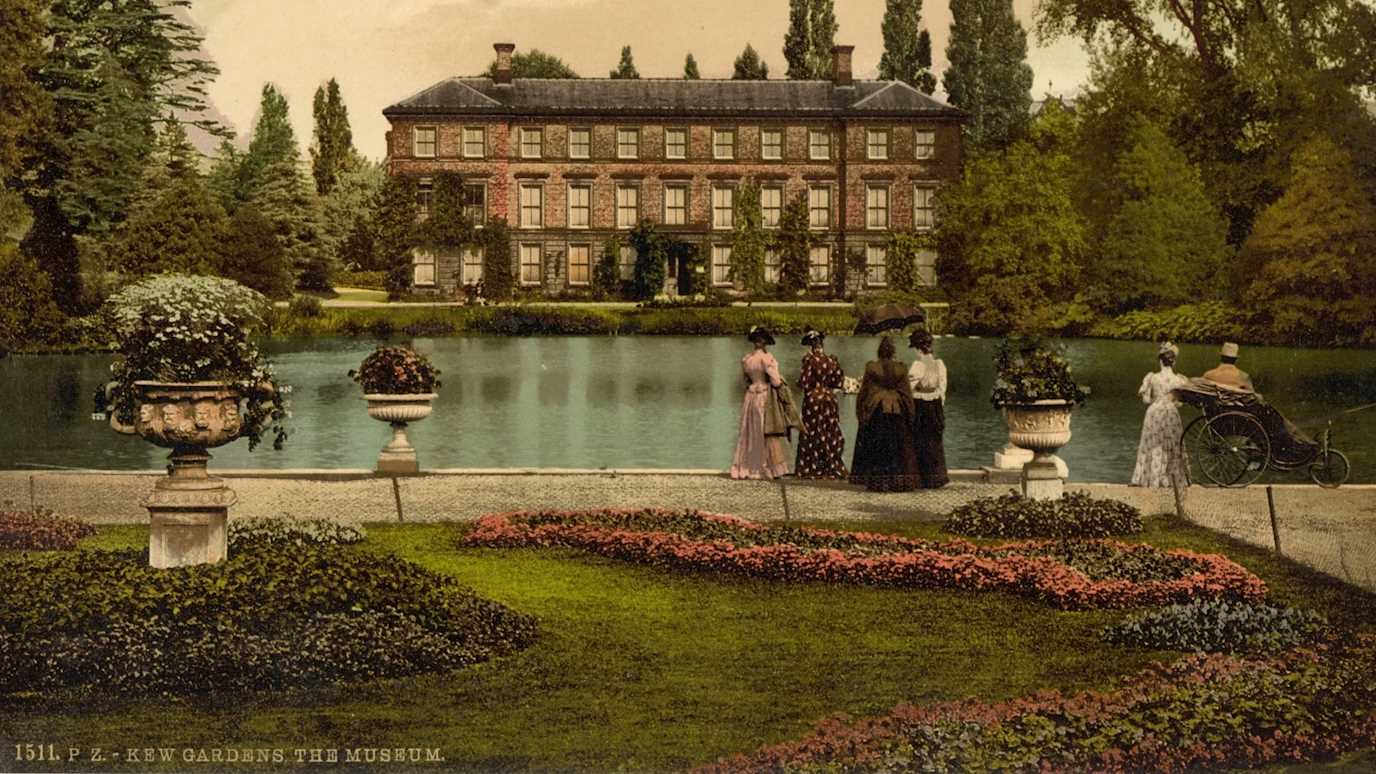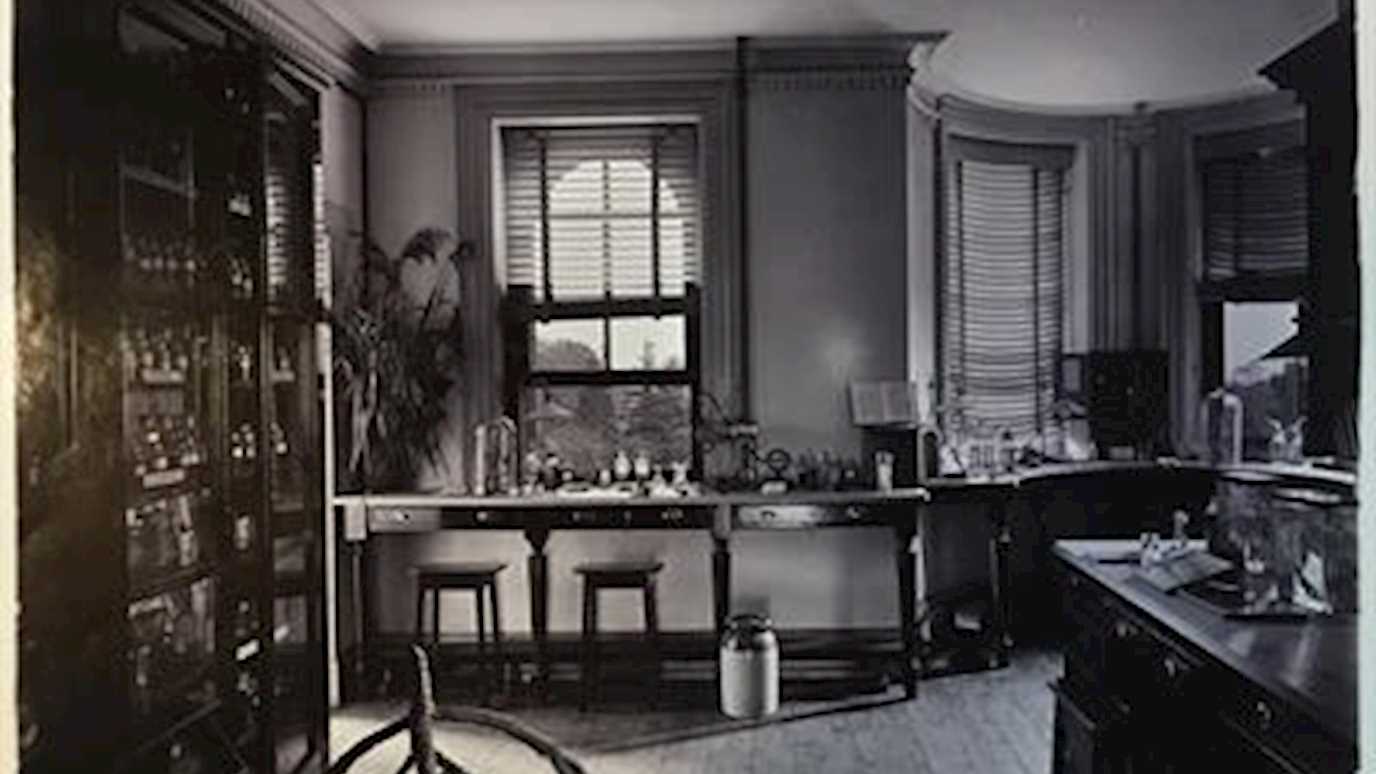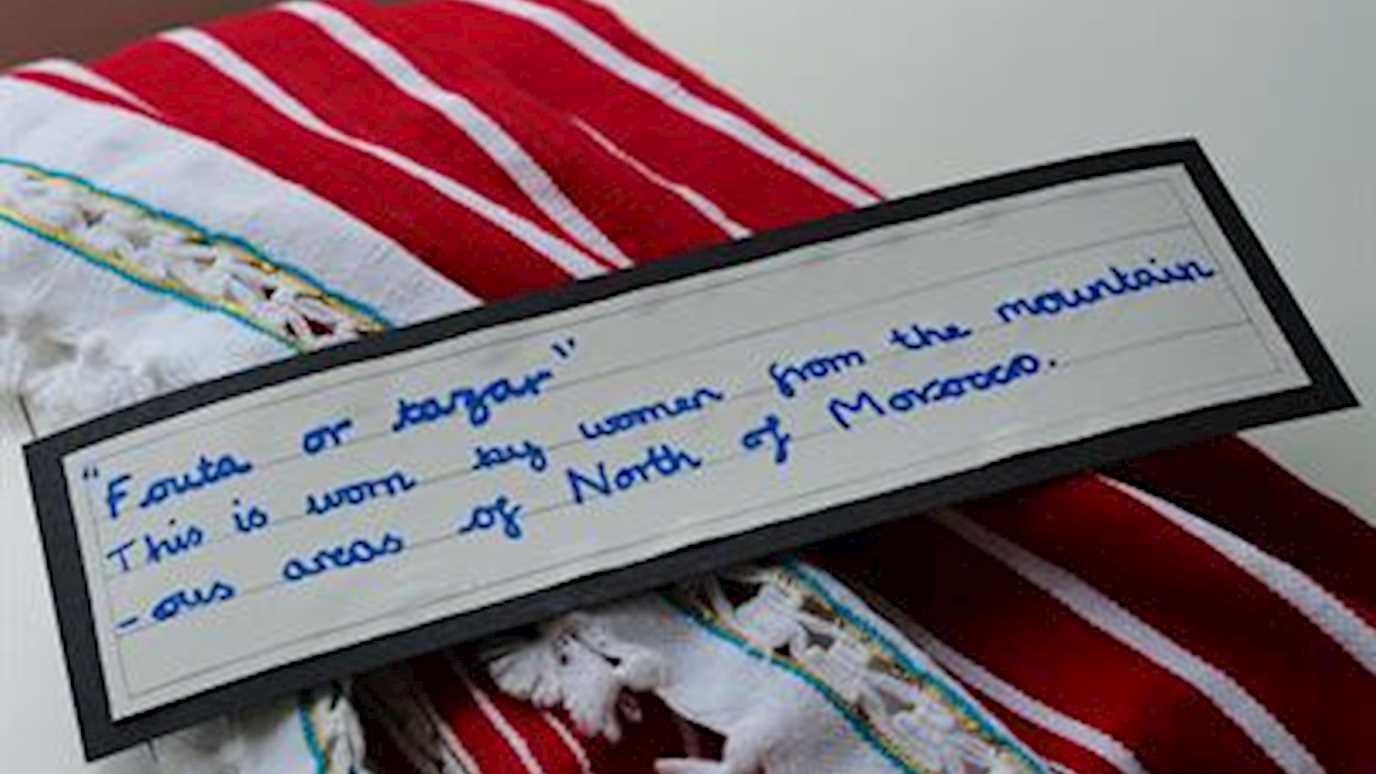Posted on 22/03/2018 by Laura Newman
What can you teach with a cabbage? This was just one question that Louis Compton Miall (1841-1911) hoped to answer in his Object Lessons from Nature: A First Book of Science (1890). This book aimed to help teachers conduct “bright and lively school lessons”. These object lessons would, it was hoped, help to nurture young children in the habits of careful observation and “[open] a child’s mind to the delightful contrivances of Nature”. Miall’s work forms only one example of the numerous books that were produced during this period to help teachers utilise a variety of common, everyday objects to try and capitalise upon a child’s innate, natural curiosity. Object lessons like Miall’s were designed to provide a more intuitive and child-friendly style of teaching that was becoming increasingly fashionable during the closing decades of the nineteenth century. Here, teachers were encouraged by the Education Department (later the Board of Education) to use objects in a way that would stimulate a natural desire for knowledge amongst young children.
Model of a cabbage, Kew Economic Botany collection
However, Miall – alongside others – was keen to impress upon teachers the dangers of relying upon spoken lectures. He instead stressed how “essential” it was that “objects […] shall be actually seen and handled by the child”. By engaging the child’s senses in such a way, mundane ‘everyday’ objects could help to teach a wide diversity of lessons. It was within these changing pedagogical attitudes that Kew’s museums of economic botany emerged as a key resource for object lessons in the British classroom, with hundreds of schools receiving specimens from Kew between the late 1870s and the mid-1930s.
Having started on the project a month or so ago, I have been spending my time thinking about (alongside cabbages) the ways in which curators, teachers, and children encountered botanical specimens. At the heart of my research there is the transmission of specimens from Kew to schools, but there is also a question about the other kinds of effects Kew might have had on teaching practices of the time when museums and museum objects were increasingly presented as opportunities for learning. In a time before the advent of established education departments in museums, how did places like Kew envisage their role in the education of children? And how did teachers use the expertise of curators to help plan their lessons?
It’s early stages, still – but this project has already thrown up some interesting questions on how to untangle the various connections between the school and the museum in this period. The school museum, for example, shows how the two kinds of institutions could and did enjoy meaningful (if temporary) partnerships. The school museum – which could range from a simple cupboard nailed to the wall to more elaborate displays – forms the heart of my research. Material from Kew’s museums of economic botany formed the basis of many of these school museums, some of which have survived to the present day. Stonyhurst College in Lancashire, for example, received eight specimens from Kew in 1883 and still operates a museum to this day. And whilst many school museums have probably not survived, it is clear that nature continues to play a crucial role in schools through nature tables, school gardens, and even show and tell.
The Mobile Museum team and the education department at Kew are working to recreate school museum displays in this new phase of the project. It will be interesting to take the opportunity to reflect upon the long and complex history of the relationship between schools and museums, and to consider how the historical connections between plants, teachers, and students could help to bring forward alternative strategies for connecting children with the natural world.
























